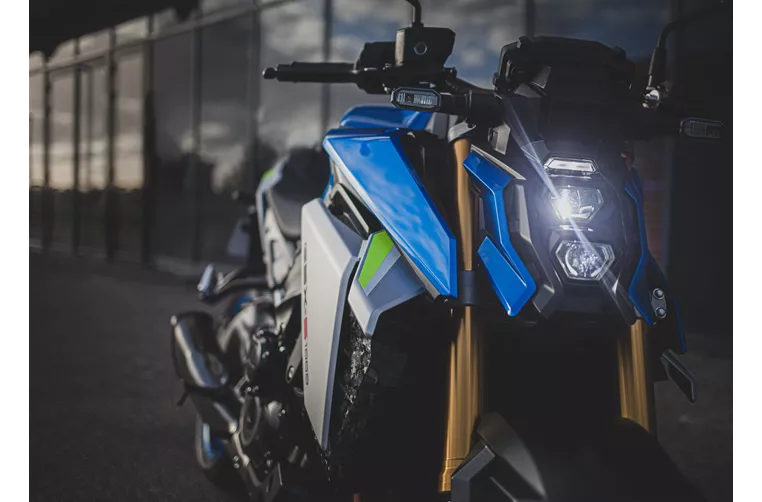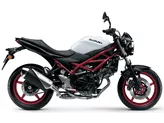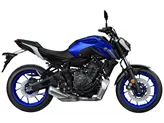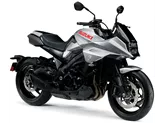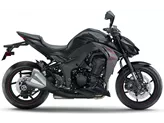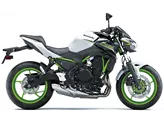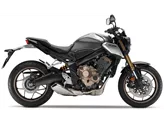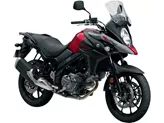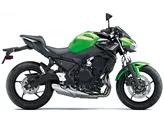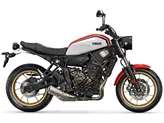Suzuki SV 650 2023 vs. Suzuki GSX-S1000 2023
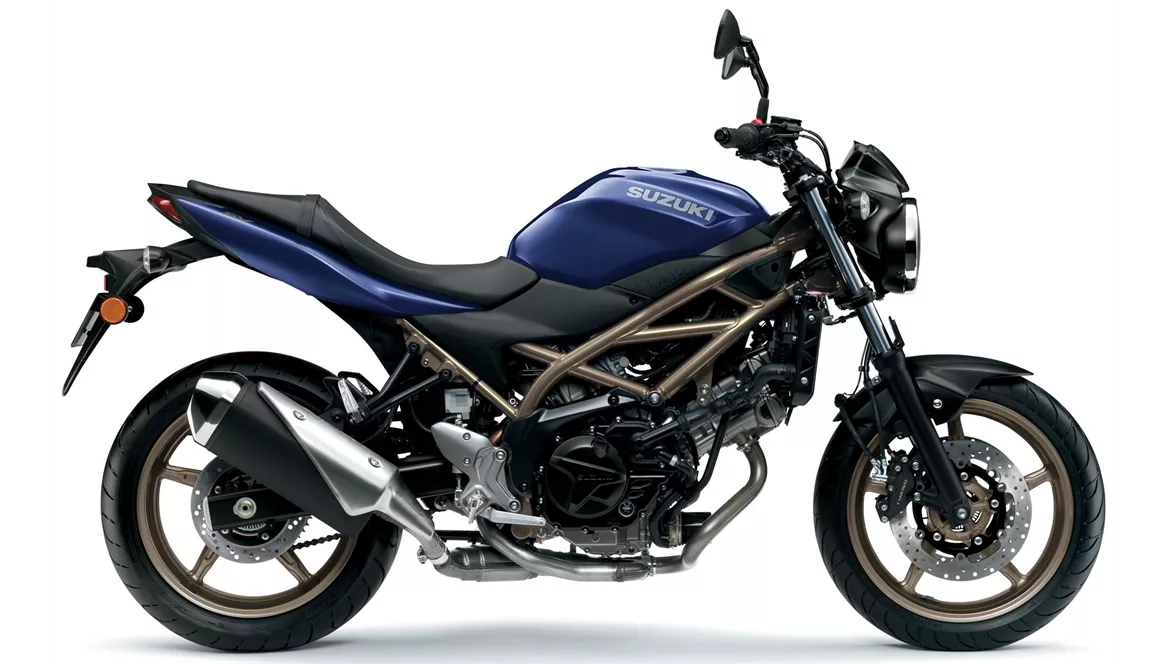
Suzuki SV 650 2023
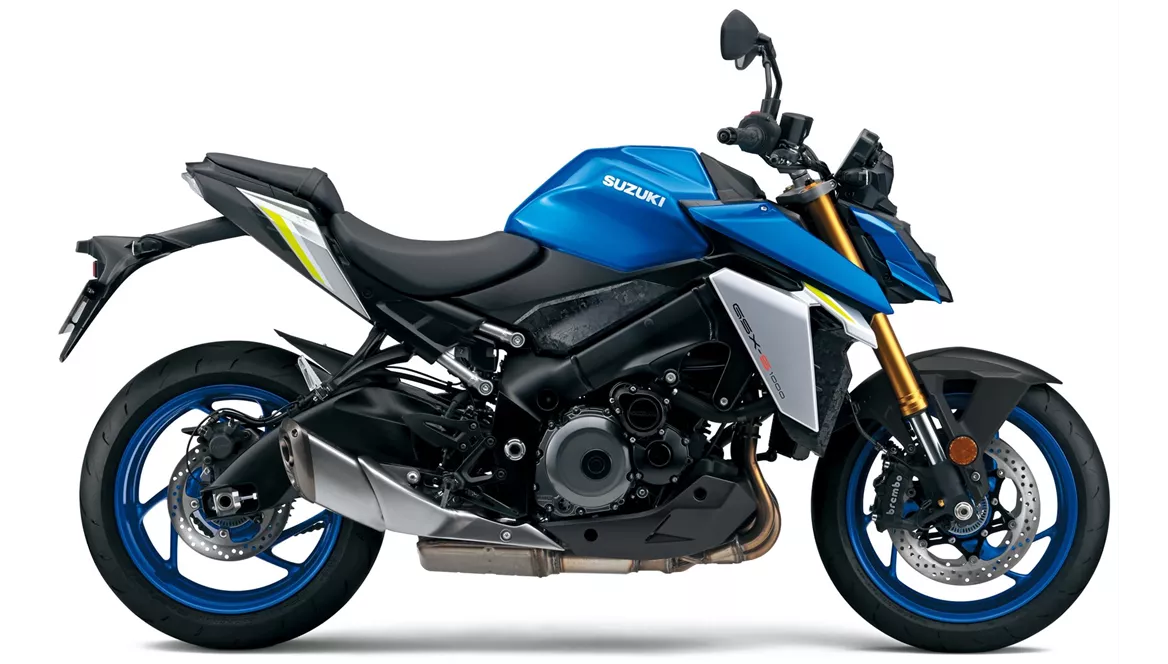
Suzuki GSX-S1000 2023
Overview - Suzuki SV 650 2023 vs Suzuki GSX-S1000 2023
The Suzuki SV 650 2023 and the Suzuki GSX-S1000 2023 are both naked bikes from Suzuki, but they have some key differences in terms of technical specifications and strengths.
Starting with the engine, the SV 650 is equipped with a V2 powerplant, while the GSX-S1000 features an inline 4-cylinder engine. The GSX-S1000 has a significantly higher engine power of 152 HP compared to the SV 650's 73 HP. Similarly, the torque of the GSX-S1000 is 106 Nm, which is higher than the SV 650's 64 Nm. This makes the GSX-S1000 more powerful and capable of delivering a thrilling riding experience.
In terms of fuel system, both bikes have fuel injection. The SV 650 has a 2-cylinder engine, while the GSX-S1000 has a 4-cylinder engine. Both bikes have liquid cooling to ensure optimal engine temperature.
Moving on to the suspension, the SV 650 has a telescopic fork for its front suspension, while the GSX-S1000 features an upside-down telescopic fork. Both bikes have a swing arm for the rear suspension and a monoshock for shock absorption. The GSX-S1000 offers additional adjustment options for the rear suspension, including preload and rebound adjustments.

Suzuki SV 650 2023
In terms of chassis, the SV 650 has a steel frame, while the GSX-S1000 features an aluminum frame. The GSX-S1000's twin tube frame provides a balance between rigidity and flexibility, contributing to its balanced handling.
Both bikes have double disk brakes at the front with a diameter of 290 mm for the SV 650 and 310 mm for the GSX-S1000. Both bikes also have four-piston brake calipers. However, the SV 650's brakes require manual force, while the GSX-S1000 is equipped with a shift assistant with a blipper, which allows for smoother and quicker gear shifts.
In terms of advanced rider assistance systems, the SV 650 only has ABS, while the GSX-S1000 offers a more comprehensive package. The GSX-S1000 includes ABS, riding modes, ride by wire, traction control, and a shift assistant with a blipper. This makes the GSX-S1000 more technologically advanced and provides additional safety and performance features.
When it comes to dimensions and weights, the SV 650 has a front tire width of 120 mm and a rear tire width of 160 mm, both with a diameter of 17 inches. The GSX-S1000 has a wider rear tire with a width of 190 mm. The wheelbase of the SV 650 is 1445 mm, while the GSX-S1000 has a slightly longer wheelbase of 1460 mm. The seat height of the SV 650 is 785 mm, while the GSX-S1000 has a higher seat height of 810 mm. The kerb weight of the SV 650 is 200 kg, while the GSX-S1000 is slightly heavier at 214 kg. The fuel tank capacity of the SV 650 is 14.5 liters, while the GSX-S1000 has a larger fuel tank capacity of 19 liters.
In terms of range and fuel consumption, the SV 650 has a range of 353 km and a combined fuel consumption of 4.1 l/100km. The GSX-S1000 has a slightly lower range of 311 km and a higher combined fuel consumption of 6.1 l/100km.
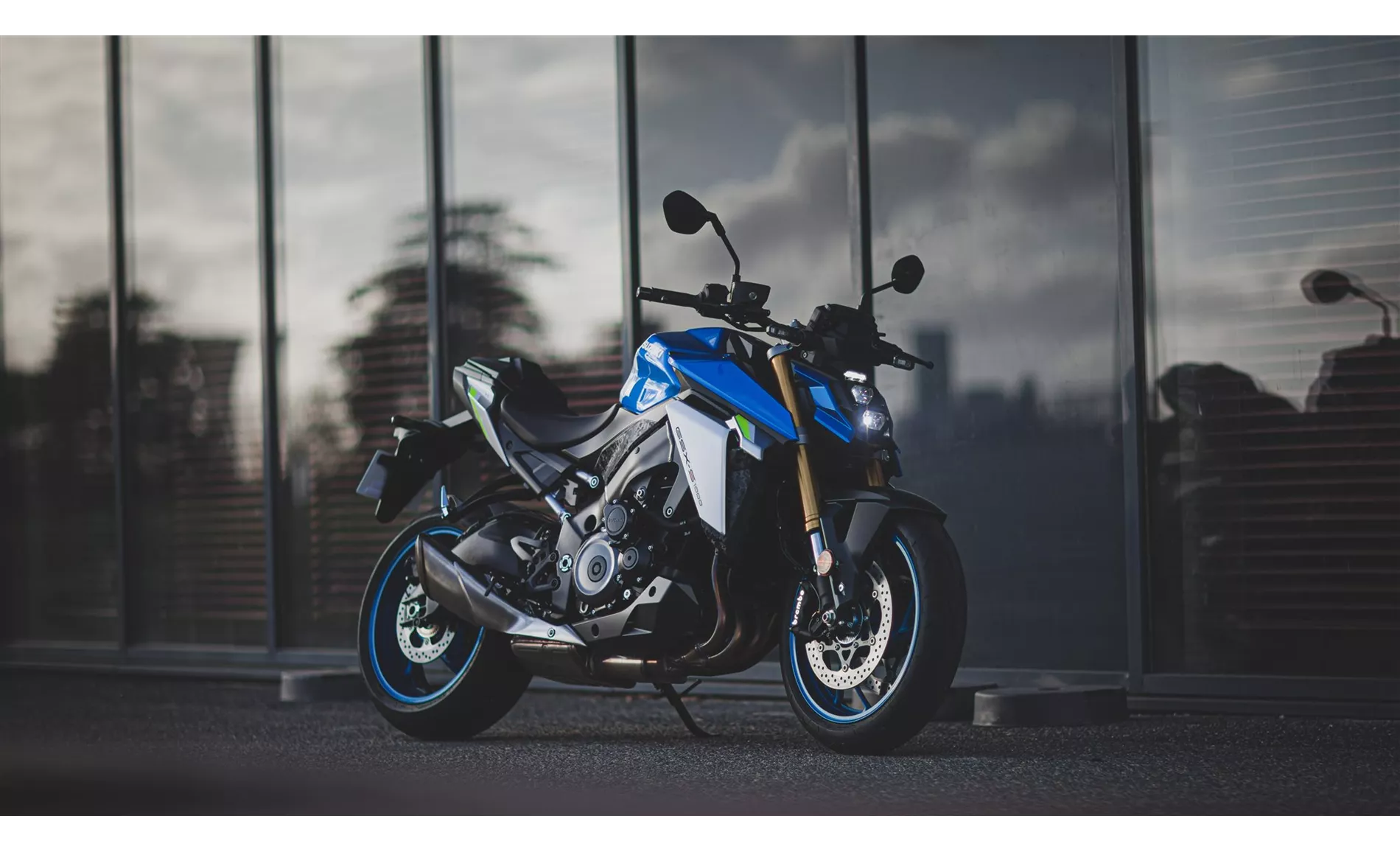
Suzuki GSX-S1000 2023
In terms of strengths, the SV 650 has the advantage of being the last V2 powerplant in its class, providing a unique engine configuration. It also offers a beginner-friendly seating position and easy handling, making it suitable for riders of all levels. Additionally, the SV 650 has a timeless look that appeals to a wide range of riders.
On the other hand, the GSX-S1000 boasts a superior engine with significantly higher power and torque. It also features an excellent shift assistant with a blipper, allowing for smooth and precise gear changes. The GSX-S1000 offers balanced handling and a bold design, making it a visually appealing option. The driving-friendly seating position and good price further enhance its appeal.
However, both bikes have their weaknesses. The SV 650 lacks comprehensive electronics, with ABS being the only advanced rider assistance system. The instruments on the SV 650 are moderately readable and may not offer the same level of convenience as more advanced models. Similarly, the GSX-S1000's electronics package is not very comprehensive, lacking a 6-axis IMU and cornering ABS. The instruments on the handlebars are somewhat antiquated and may not be as easy to read compared to more modern displays.
In conclusion, the Suzuki SV 650 2023 and the Suzuki GSX-S1000 2023 are both capable naked bikes with their own strengths and weaknesses. The SV 650 offers a unique V2 powerplant, beginner-friendly seating position, and easy handling, while the GSX-S1000 boasts a superior engine, excellent shift assistant, balanced handling, and a bold design. Riders should consider their preferences and priorities to choose the bike that best suits their needs.
Technical Specifications Suzuki SV 650 2023 compared to Suzuki GSX-S1000 2023
Pros and Cons in comparison
Pros and Cons in comparison
Suzuki SV 650 2023

The Suzuki SV 650 has been on the market for 25 years, longer than any other motorbike. The engine has been updated to Euro5 and is now even more mature, which clearly fits in with the rest of the package. The SV 650 doesn't want to scare anyone, especially beginners. The chassis makes a solid, unagitated impression, the brakes require a lot of manual force to prevent unexpected overbraking. The look is timeless on the one hand, but on the other hand some components are really a bit outdated. On the other hand, the price is fair, as usual for Suzuki.
Suzuki GSX-S1000 2023
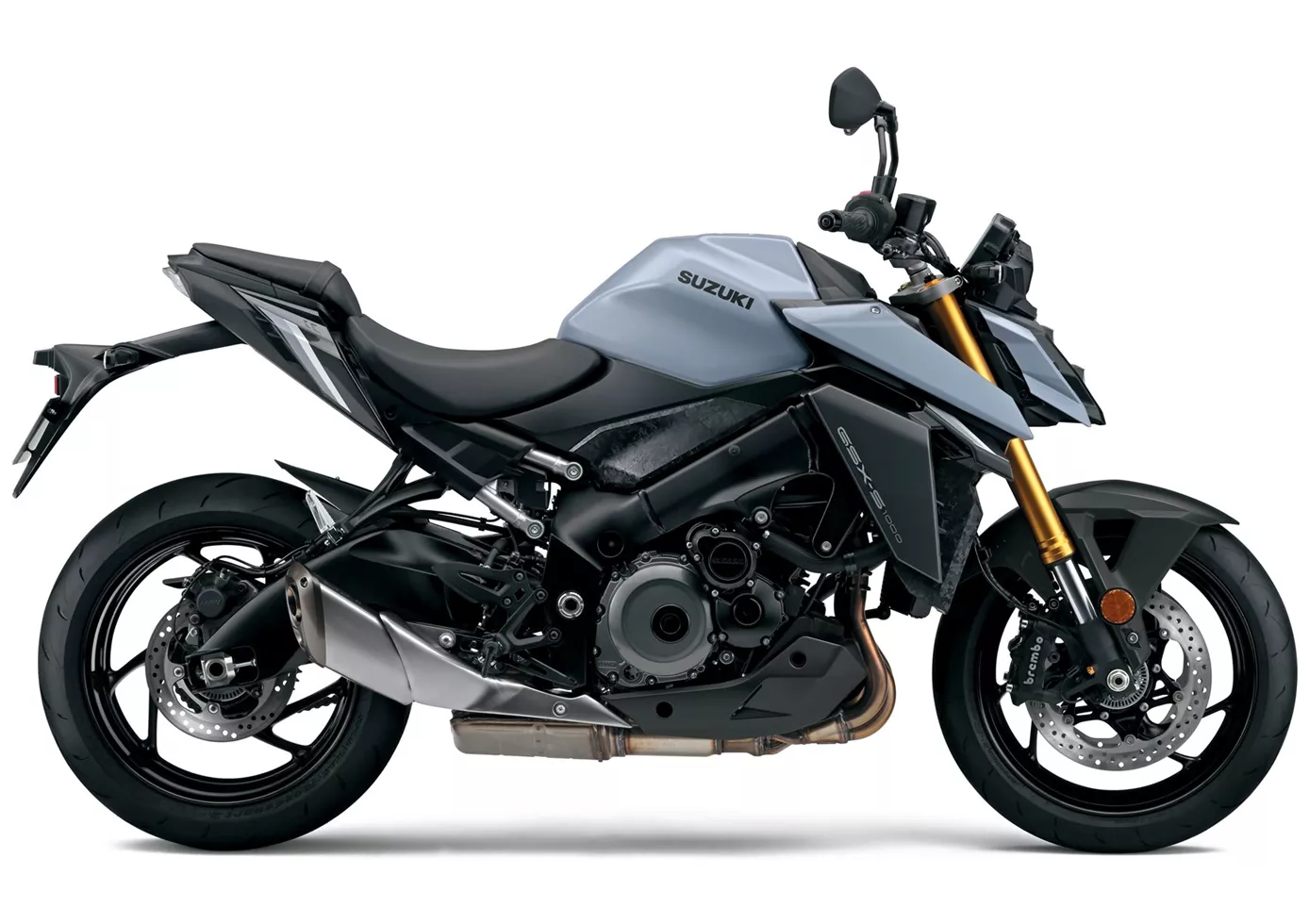
The new GSX-S1000 is an old acquaintance in terms of basic design - the engine and chassis are still from the predecessor. However, the machine has been modernised in many areas and presents itself at an extremely high level, especially visually. Although the engine cannot compete in the league of the super-potent Hyper Nakeds, it functions very harmoniously and powerfully enough. The conventional chassis also strikes a successful compromise between sportiness and comfort. The hammer arguments are definitely the successful design, the standard quickshifter with blipper and, last but not least, the comparatively low price.
Price Comparison Avarage Market Price Suzuki SV 650 vs Suzuki GSX-S1000
There are a few key differences between a Suzuki SV 650 2023 and a Suzuki GSX-S1000 2023. In terms of price, the actual average price of a Suzuki GSX-S1000 2023 is about 85% higher. Compared to Suzuki GSX-S1000 2023 there are more Suzuki SV 650 2023 bikes available on the 1000PS.de Marketplace, specifically 125 compared to 73. It takes less time to sell a Suzuki SV 650 with 133 days compared to 155 days for a Suzuki GSX-S1000. Since model year 2005 1000PS.de editors have written 25 reviews for the Suzuki SV 650 and 36 reviews for the Suzuki GSX-S1000 since model year 2015. The first review for the Suzuki SV 650 was published on 26/09/2008 and now has more than 14,200 views. This compares to more than 17,100 views for the first review on Suzuki GSX-S1000 published on 27/09/2014.

